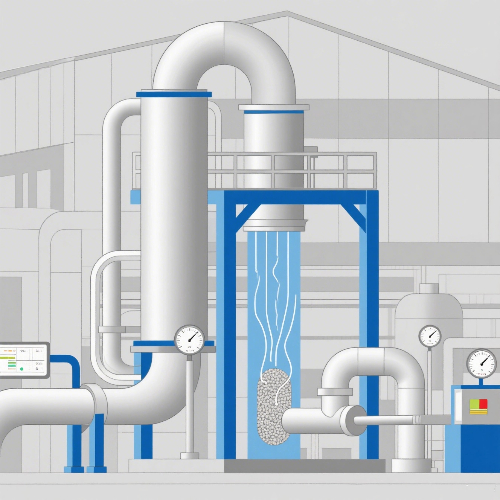


Introduction
The conversion of carbon dioxide (CO₂) into methane (CH₄) via hydrogenation—known as the Sabatier reaction—is a promising route for sustainable fuel
production and carbon utilization. This process not only reduces greenhouse gas
emissions but also supports renewable energy storage. Central to its efficiency
are high-performance catalysts, with nickel-based and ruthenium-based systems
leading the field.
The Methanation Reaction
CO₂ methanation follows the reaction:
CO₂ + 4H₂ → CH₄ + 2H₂O
This exothermic process requires efficient catalysts to achieve high CH₄
selectivity and yield under moderate temperatures (200–400°C).
Nickel-Based Methanation Catalysts
Nickel (Ni) catalysts are widely used in industrial methanation due to:
Ruthenium-Based Methanation Catalysts
Ruthenium (Ru) catalysts offer distinct advantages:
Comparative Outlook
While Ni catalysts dominate current industrial use, Ru catalysts show potential for advanced applications requiring rapid, low-temperature operation. Research continues to optimize both systems—improving supports, nanostructuring, and hybrid formulations—to boost activity, longevity, and economic viability.
Conclusion
Nickel and ruthenium catalysts are pivotal in advancing CO₂-to-methane
technology. As renewable hydrogen becomes more accessible, these catalysts will
play a crucial role in enabling carbon-neutral energy cycles and sustainable
chemical synthesis.